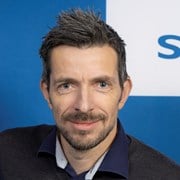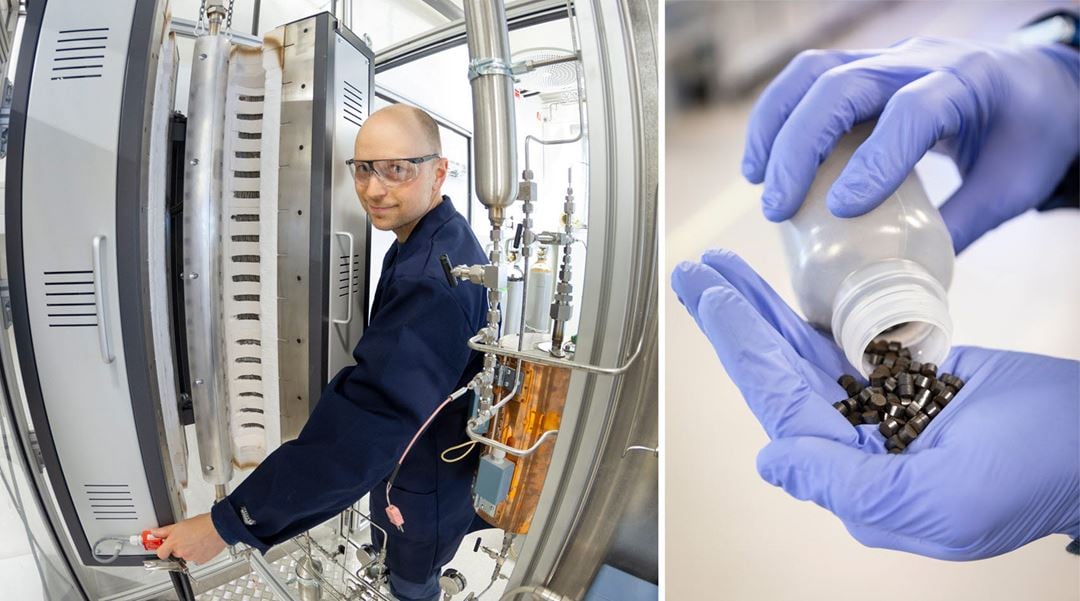Project activity has been ongoing for more than 30 years in close collaboration with the industry and academia.
SINTEF offers contract research for the industry related to processes for conversion of natural gas or syngas. The objective is to identify the best catalyst technology through a broad approach where different properties are addressed including:
- Obtaining kinetic data for reactor sizing
- Mechanistic investigations
- Optimization of pre-treatment and start-up
- Catalyst stability at different operating conditions
- The effect of feed contaminants
- Catalyst characterization: fresh, in-situ and spent
Processes studied
- Fischer-Tropsch synthesis (FTS) from syngas
- Olefin synthesis (FTO) from syngas
- Hydrocarbon reforming
- Steam reforming, oxy-reforming, partial oxidation, dry reforming
- Water gas shift
- Catalytic combustion processes
- Hydrocarbons, CO, H2, VOCs
- Methanation
- Methanol and dimethyl ether (DME) synthesis
- Dehydrogenation, oxidative dehydrogenation
Equipment:
The laboratories consist of customizable units tailored in-house to the specific needs of the activity, where reactors are customized through a glass or steel workshop depending on application. The following are typical conditions we can operate at now, but the units can easily be tailored to higher flows and larger volumes:
- 0.1-100 g catalyst as powder or pellets
- Fixed-bed reactors: 5-20 mm diameter SS 316 and 5-50 mm diameter quartz
- Temperature: 25-1100 °C
- Pressure: 0-100 bar
- Flow: 0-10 L/min (easy to increase to higher flows)
- Flexible feedings systems
- Easy Swagelok installation of alternative reactor systems including microstructured reactors or CSTRs
- Datalogging systems
We have 3 units dedicated to gas conversion activities and several other that can be accessed depending on availability and need. Of the 3 dedicated units they are currently installed with:
- Unit 1: 4 fixed-bed 10 mm diameter SS reactors in parallel, 250 mm hot zone, interchangeable 1 micro-structured reactor, 0-250/500 ml/min gas, 25-1000 °C, aluminum jackets for isothermal conditions, evaporator 0-10/20 g/h water, 0-60 bar, online Agilent HP 5890 GC with TCD and FID
- Unit 2: 2 fixed-bed 10 mm diameter SS reactors in parallel, 250 mm hot zone, 0-250/1000 ml/min gas, 25-1000 °C, aluminum jackets, 0-40 bar, online Agilent HP 6890 GC with TCD and FID
- Unit 3: 2 fixed-bed SS or quartz reactors in parallel or series, 3-zone furnace with 3x300 mm hot zones, 0-100/250/1000/3000/4000 ml/min gas, 25-1100 °C and 25-1000 °C, aluminum jackets, evaporator 0-20/200 g/h water, 0-60 bar, online Agilent 3000A micro-GC with 4 TCD detectors
- Offline analysis of liquids (Agilent 7890B GC equipped with autosampler, TCD and FID detectors)
- Modifications are made to suit each project.

